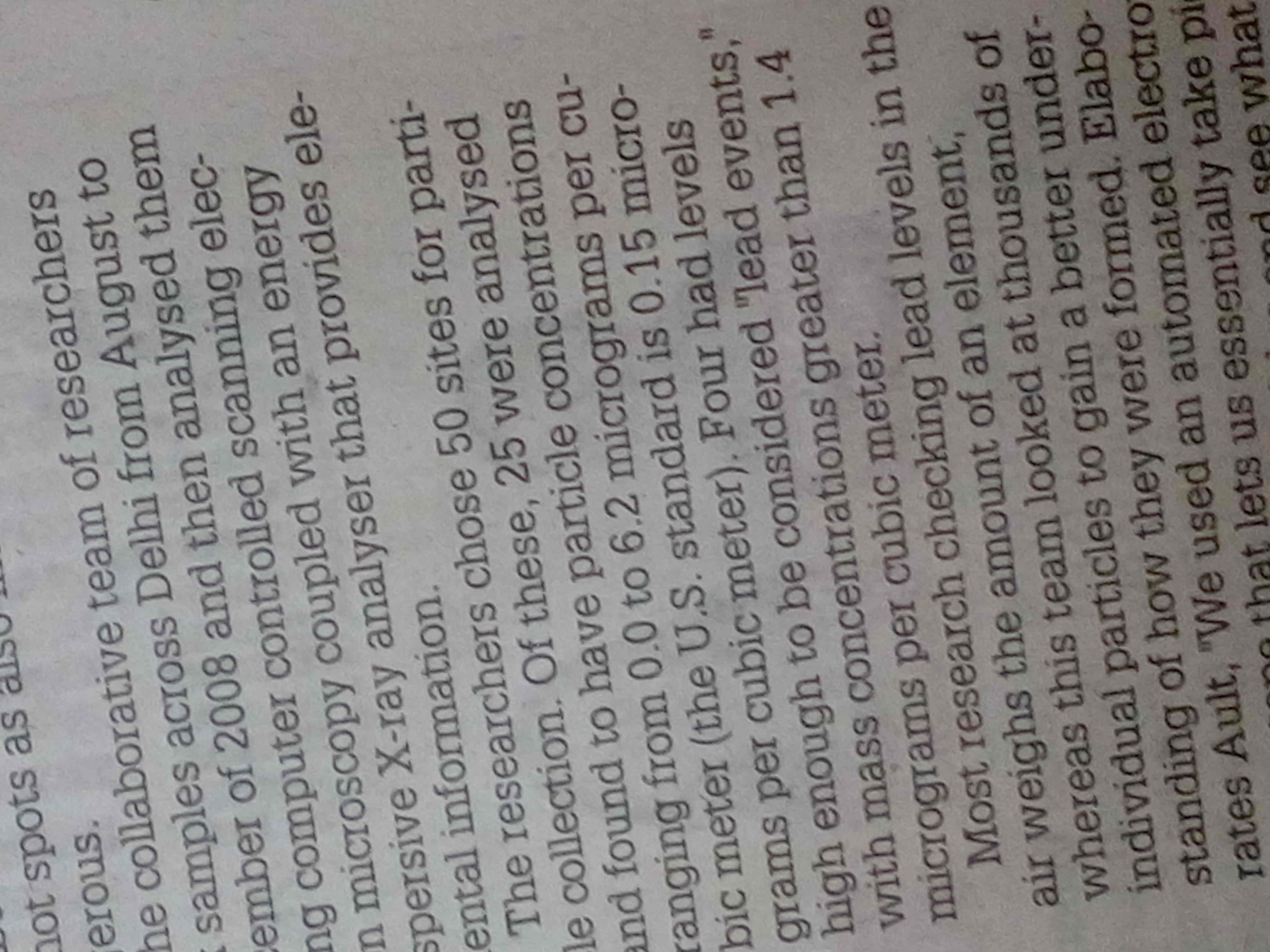Note: Skew is measured in degrees. Deskewing is a process whereby skew is removed by rotating an image by the same amount as its skew but in the opposite direction. This results in a horizontally and vertically aligned image where the text runs across the page rather than at an angle.
The return angle is between -45 and 45 degrees to don't arbitrary change the image orientation.
By using the library you can set the argument angle_pm_90 to True to have an angle between -90 and 90 degrees.
| Image with skew | Image after deskew |
|---|---|
 |
 |
You can install deskew directly from pypi directly using the following comment
python3 -m pip install deskewOr to upgrade to newer version
python3 -m pip install -U deskewGet the skew angle:
deskew input.pngDeskew an image:
deskew --output output.png input.pngWith scikit-image:
import numpy as np
from skimage import io
from skimage.color import rgb2gray
from skimage.transform import rotate
from deskew import determine_skew
image = io.imread('input.png')
grayscale = rgb2gray(image)
angle = determine_skew(grayscale)
rotated = rotate(image, angle, resize=True) * 255
io.imsave('output.png', rotated.astype(np.uint8))With OpenCV:
import math
from typing import Tuple, Union
import cv2
import numpy as np
from deskew import determine_skew
def rotate(
image: np.ndarray, angle: float, background: Union[int, Tuple[int, int, int]]
) -> np.ndarray:
old_width, old_height = image.shape[:2]
angle_radian = math.radians(angle)
width = abs(np.sin(angle_radian) * old_height) + abs(np.cos(angle_radian) * old_width)
height = abs(np.sin(angle_radian) * old_width) + abs(np.cos(angle_radian) * old_height)
image_center = tuple(np.array(image.shape[1::-1]) / 2)
rot_mat = cv2.getRotationMatrix2D(image_center, angle, 1.0)
rot_mat[1, 2] += (width - old_width) / 2
rot_mat[0, 2] += (height - old_height) / 2
return cv2.warpAffine(image, rot_mat, (int(round(height)), int(round(width))), borderValue=background)
image = cv2.imread('input.png')
grayscale = cv2.cvtColor(image, cv2.COLOR_BGR2GRAY)
angle = determine_skew(grayscale)
rotated = rotate(image, angle, (0, 0, 0))
cv2.imwrite('output.png', rotated)If you get wrong skew angle you can generate debug images, that can help you to tune the skewing detection.
If you install deskew with pip install deskew[debug_images] you can get some debug images used for
the skew detection with the function determine_skew_debug_images.
To start the investigation you should first increase the num_peaks (default 20) and use
the determine_skew_debug_images function.
Then you can try to tune the following arguments num_peaks, angle_pm_90, min_angle, max_angle,
min_deviation and eventually sigma.
Inspired by Alyn: https://github.com/kakul/Alyn
Install the pre-commit hooks:
pip install pre-commit
pre-commit install --allow-missing-config